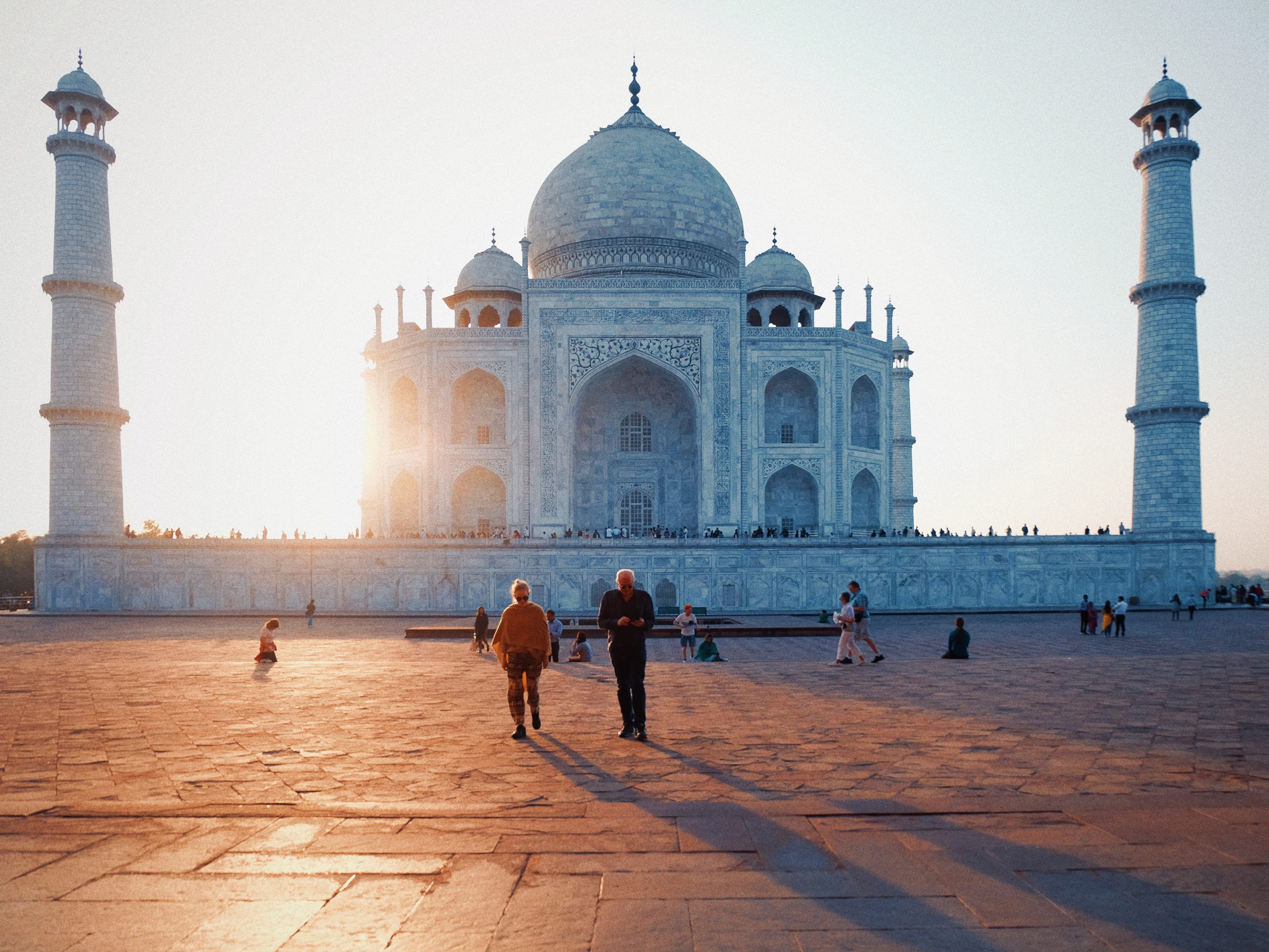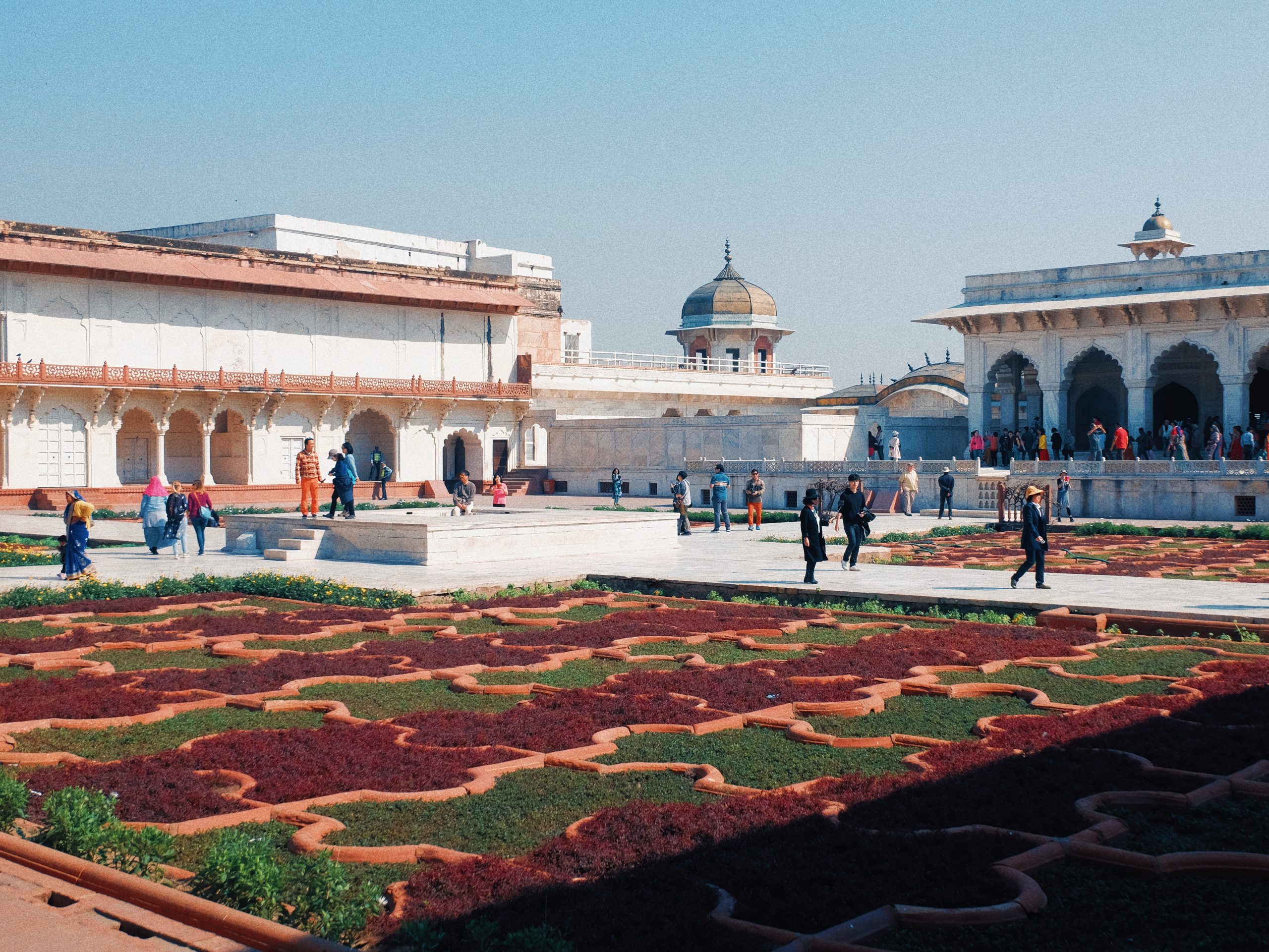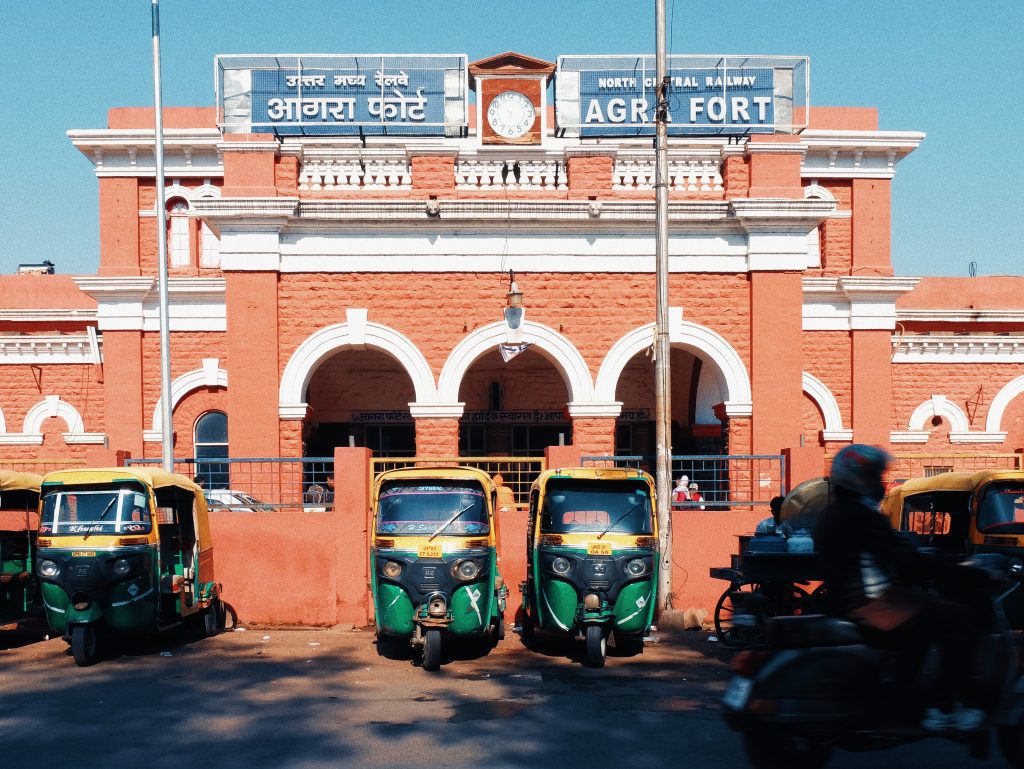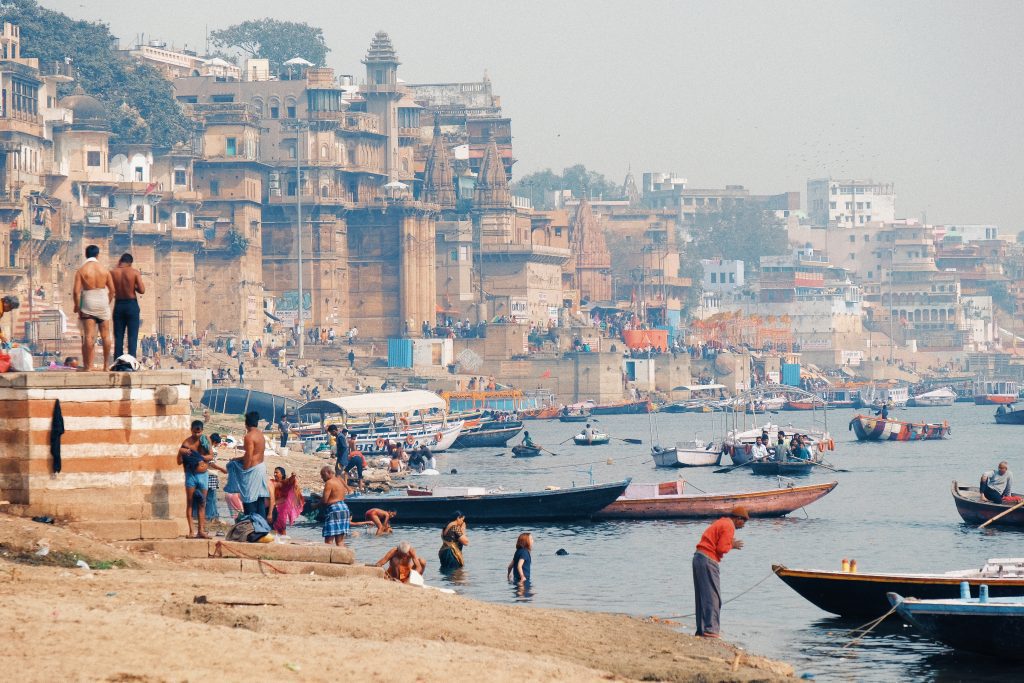
February 15, 2018. Time to see the Taj Mahal upfront. The iconic monument has always been ingrained in our collective imagination as humanity reinforced by countless books, photographs, films, cultural references (only rivaled I guess by the Giza Pyramids), it was so surreal to finally see it in person, upfront, and basking on the sunset’s golden hues.


February 15, 2018. I spent the morning at Agra Fort, or the “red fort” to the west of the Agra, a walled enclave similarly established along the banks of the Yamuna River like the Taj Mahal. Initially built as a military fort, it also later on served as a palace for those who ruled this part of India. It changed hands in as many times as it was occupied by the different groups that tried to govern this part of the subcontinent over the centuries from the Lodi Dynasty of the Delhi Sultanate, the Mughal Empire and the Maratha Dynasty, before finally falling into the hands of the British. Today, parts of it is still reserved for the use of the Indian army.


The entire fort is around 34 hectares, and houses dozens of different structures within its 21.4 meters high fortifications. I explored the fort without a tour guide, so most of the information I now know about it came from readings I did after my visit. Nonetheless, my impression of its elaborate architecture at that time is just as amazed as I am still now of its rich history.
At its peak in the late 1600’s, the Mughals ruled from what is modern-day Afghanistan all the way to today’s Bangladesh. Despite being a muslim dynasty with Turk-Mongol and Persian roots, it effectively administered a vast empire of diverse religions (predominantly Hindu), cultures and traditions, through tolerance and alliances.
The Mughals built grand forts, palaces and monuments (such as the Taj Mahal) that rivaled Western architecture and engineering. The Mughal economy also accounted for a fourth of world trade. It was considered India’s last “golden age”.


February 14, 2018. I took a night train from Varanasi to Agra that took almost fifteen (15) hours covering a distance of around 430 kilometers. I was barely able to sleep on the train–a first of many train journeys I was to take in India.
I arrived well into the morning the next day. Exhausted from the trip, I first settled at my hostel and took half a day to rest before venturing off that afternoon.

Note: This is an ante-dated post (actual date of events).
February 12 – 13, 2018. Some experts claim that the Ganges is one of the most polluted rivers in the world. Despite this reputation, thousands of devotees bathe each day in its waters at the city of Varanasi in Uttar Pradesh–believing that immersing in its waters helps purify their souls and facilitate moksha, or the liberation from the recurring cycle of rebirth and tragedy. Or at least they get good karma, although I am not so sure good karma is all they’re getting from the water.
Great efforts are being exerted to reverse the pollution. And this is not impossible because the Ganges is a moving river constantly drained by monsoon and upland waters from the Himalayas.

I arrived in Varanasi after a gruelling 36-hours and four-flights voyage from Manila. It was originally supposed to be just a three-flight trip in under a day, but since I had booked my flights almost a year ahead of my travel, one of the segments apparently got discontinued along the way. Thus, instead of flying directly to Varanasi from Kolkata, I had to fly all the way west to Delhi and then turn back east to reach Varanasi.
